Understanding Roof Lifespans in Iowa and the Midwest
When considering how long roofs last in Iowa and the broader Midwest, it's essential to account for the region's weather patterns. The lifespan of a roof can vary based on the material used and the environmental conditions it faces. Here's a look at the most common roofing materials and how they fare in the Midwest.
Asphalt shingles are the most common roofing material in the Midwest. Generally, these shingles last about 20 to 30 years. However, with the harsh winters and hot summers typical of Iowa, the lifespan might lean more towards the lower end of that range. Regular maintenance and timely repairs can help extend their longevity. Asphalt shingles are popular because they offer a good balance between cost and durability, making them a practical choice for many homeowners in the region.
Metal roofs are known for their durability and can last 40 to 70 years. These roofs are particularly suitable for the Midwest due to their resistance to severe weather conditions like hailstorms and high winds. Metal roofing's reflective properties also make it energy-efficient, which can be a bonus in both the hot summer and cold winter months. Homeowners looking for a long-term investment often consider metal roofing for its longevity and low maintenance needs.
Wood shingles and shakes offer a natural look but typically have a shorter lifespan of around 20 to 25 years. Their longevity can be affected by the region's humidity and precipitation, which can lead to issues like rot and moss growth. Proper maintenance is crucial to getting the most out of a wood roof. This might include regular treatments to prevent rot and insect damage, as well as cleaning to remove moss and debris.
Clay and concrete tiles are less common in the Midwest but can last 50 years or more. They are durable and fire-resistant, but their heavy weight requires a sturdy roof structure, which might not be suitable for all homes in the region. These materials are more often found in areas with a Mediterranean or Spanish architectural influence. For homeowners considering clay or concrete tiles, it's important to ensure that their home's structure can support the additional weight.
Slate roofs are incredibly durable, often lasting 75 to 100 years. They are more expensive and less common but can be a good investment for those looking for long-term durability and a unique aesthetic. Slate is a natural stone, giving it a distinctive appearance that can enhance the beauty of any home. However, the high cost and the need for professional installation can be barriers for some homeowners.
Flat roofs, often found on commercial buildings or modern homes, have a varied lifespan depending on the materials used. Traditional flat roofing materials like built-up roofing (BUR) can last about 15 to 20 years, while more modern options like EPDM rubber can last 25 to 30 years with proper maintenance. Flat roofs require regular inspections and maintenance to ensure they remain watertight and free from damage. The choice of material can significantly impact the roof's longevity and performance.
For new and potential homeowners in Iowa and the Midwest, it's wise to consider both initial cost and long-term durability when selecting a roofing material. Asphalt shingles offer a good balance of cost and lifespan, making them a practical choice for many. They are relatively easy to install and repair, and they come in a variety of styles and colors to suit different tastes.
If you're planning to stay in your home for decades, investing in a metal or slate roof could provide better value over time. Metal roofs, while more expensive upfront, offer superior durability and energy efficiency, potentially lowering your home's cooling costs in the summer. Slate roofs, on the other hand, provide unmatched longevity and a unique, natural look, but they require a significant initial investment.
Regardless of the roofing material you choose, regular inspections and maintenance are crucial to ensuring your roof reaches its maximum lifespan. This includes checking for damaged or missing shingles, cleaning gutters, and ensuring that flashing and seals are intact. Regular maintenance can help prevent minor issues from turning into major problems, saving you money and stress in the long run.
When selecting a roofing material, consider the specific weather challenges your home faces and your long-term plans. Asphalt shingles are a cost-effective and reliable solution, while metal and slate roofs offer greater durability and longevity. Eco-friendly options like recycled shingles and green roofs can contribute to sustainability and energy savings. By carefully weighing the pros and cons of each material and committing to regular maintenance, you can ensure that your roof protects your home effectively for many years to come.

